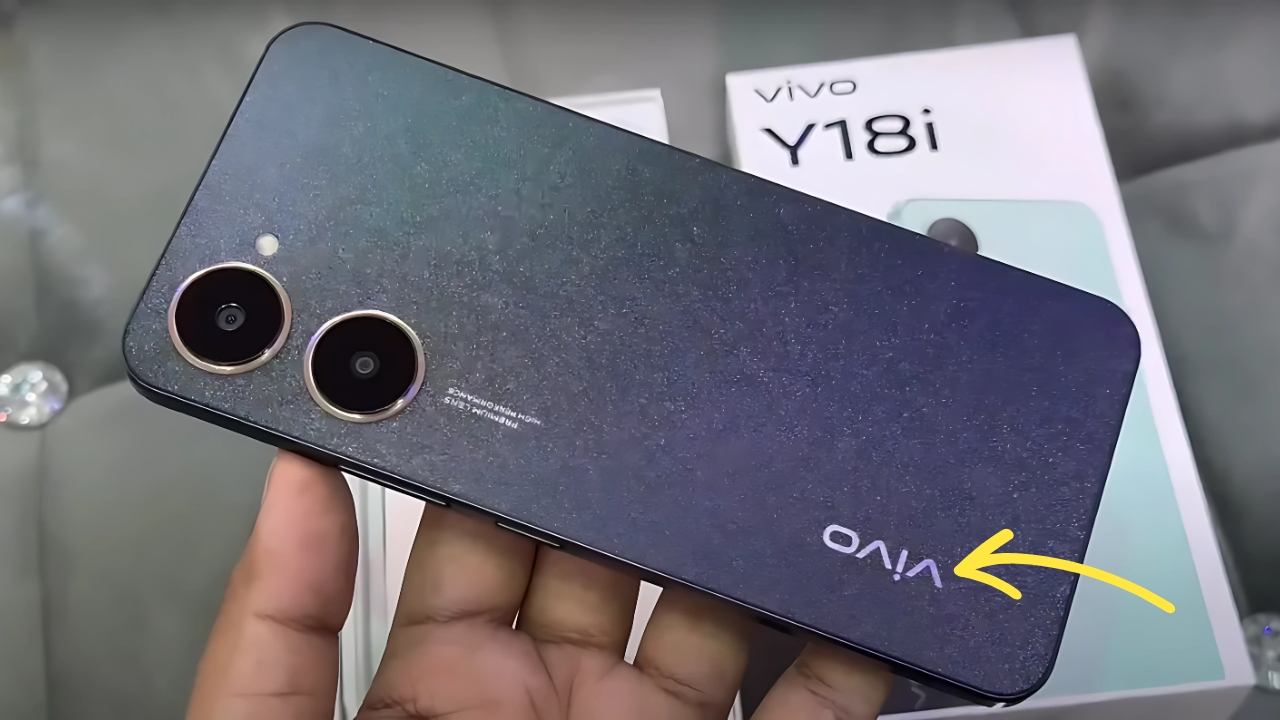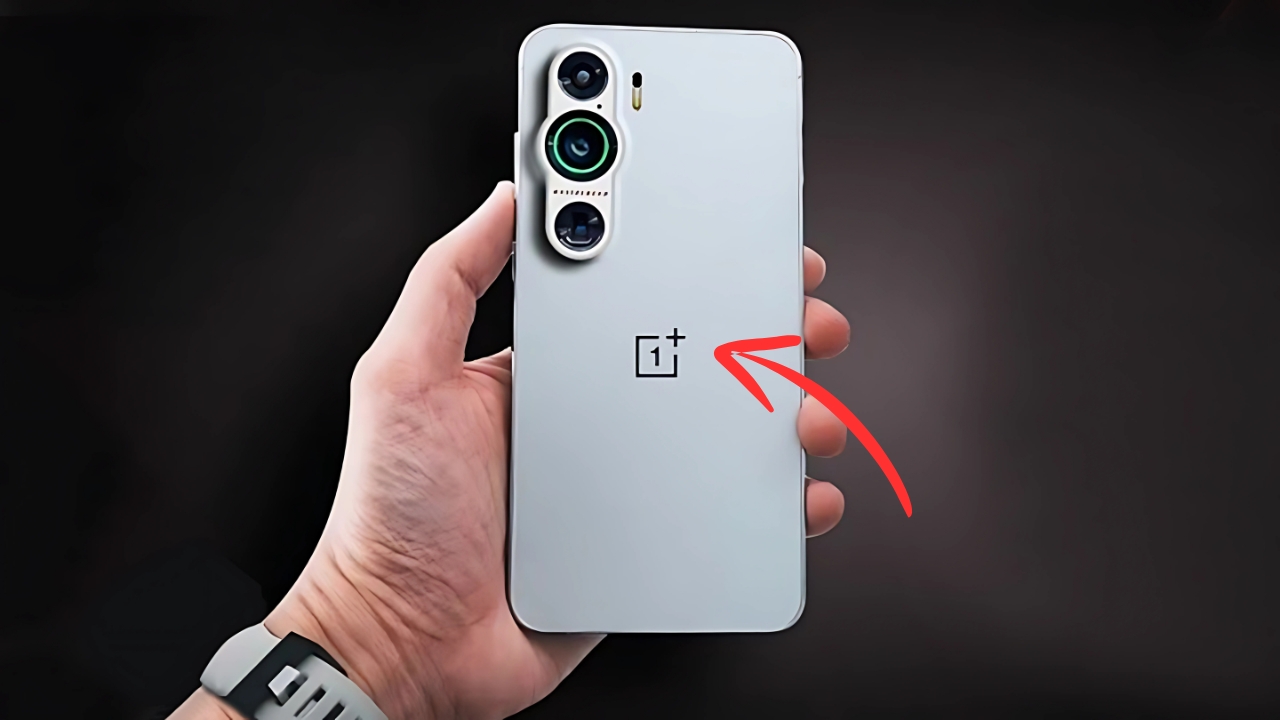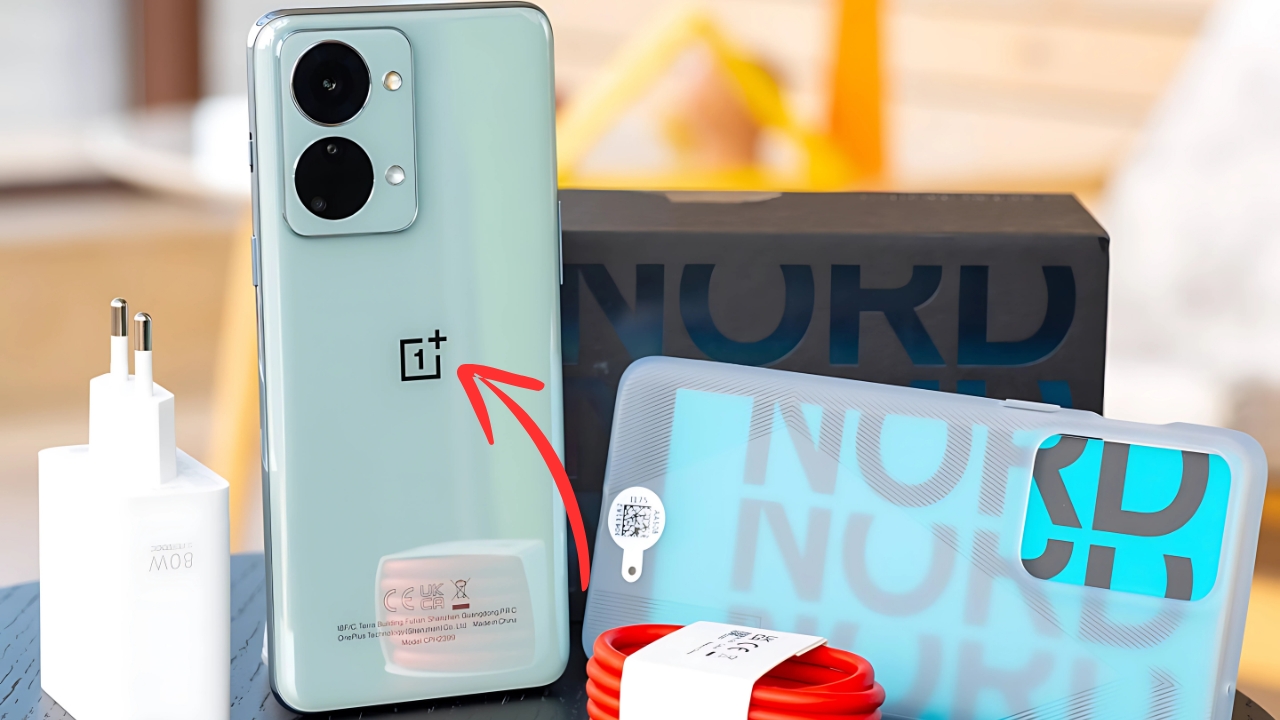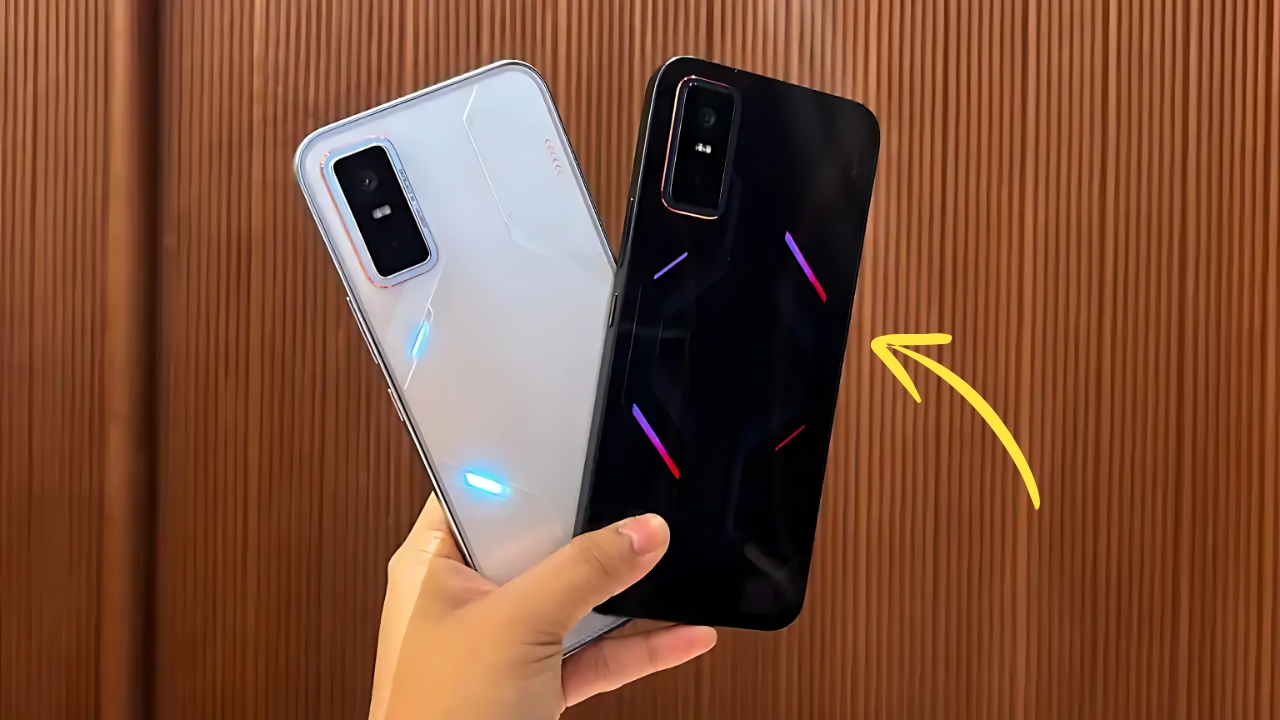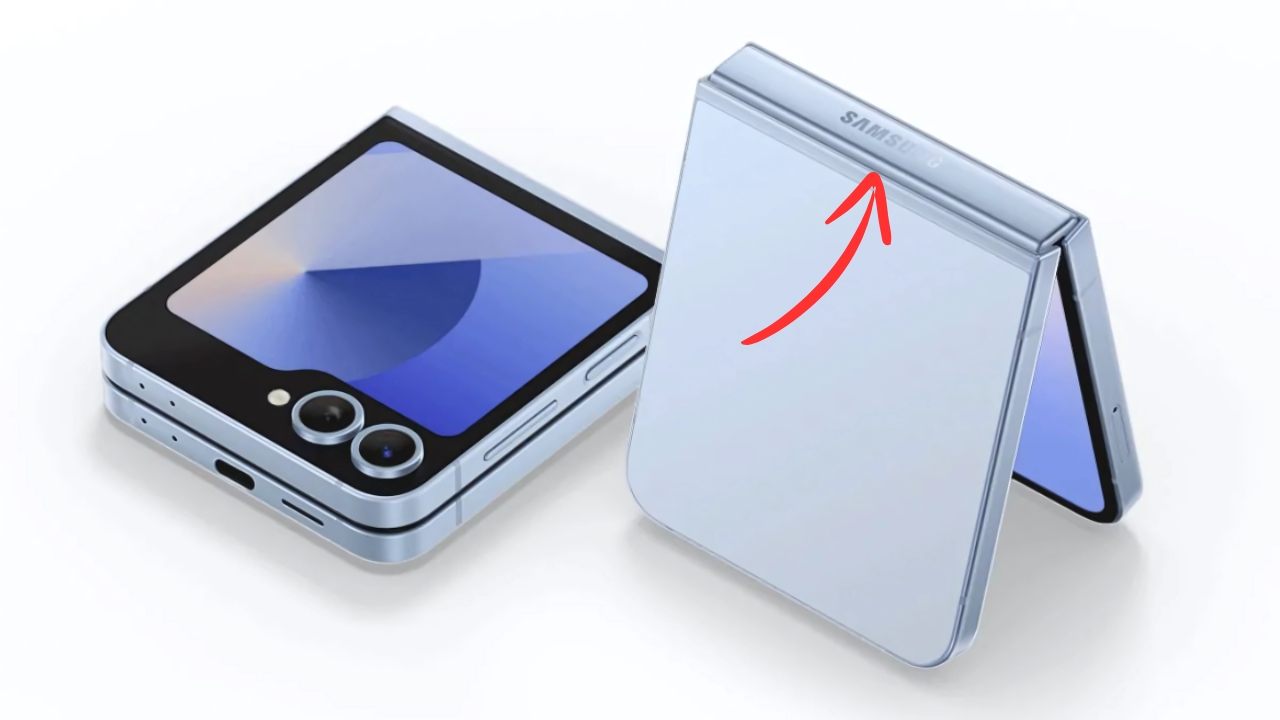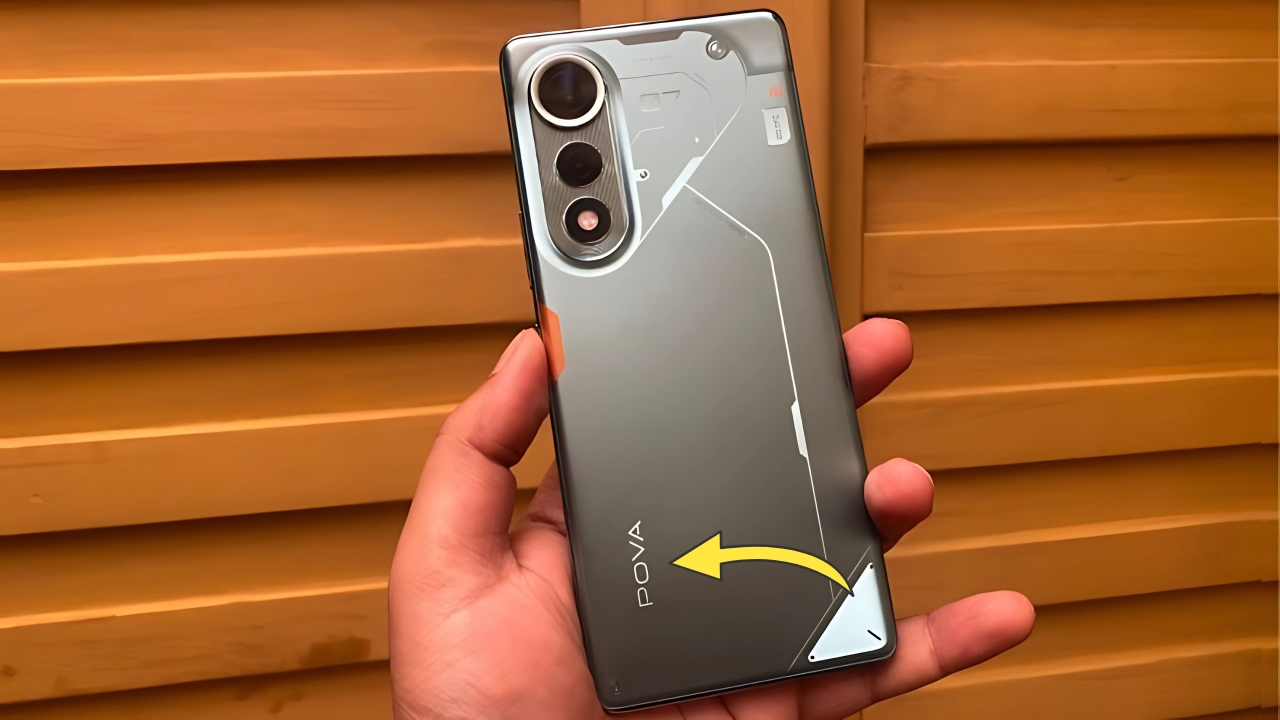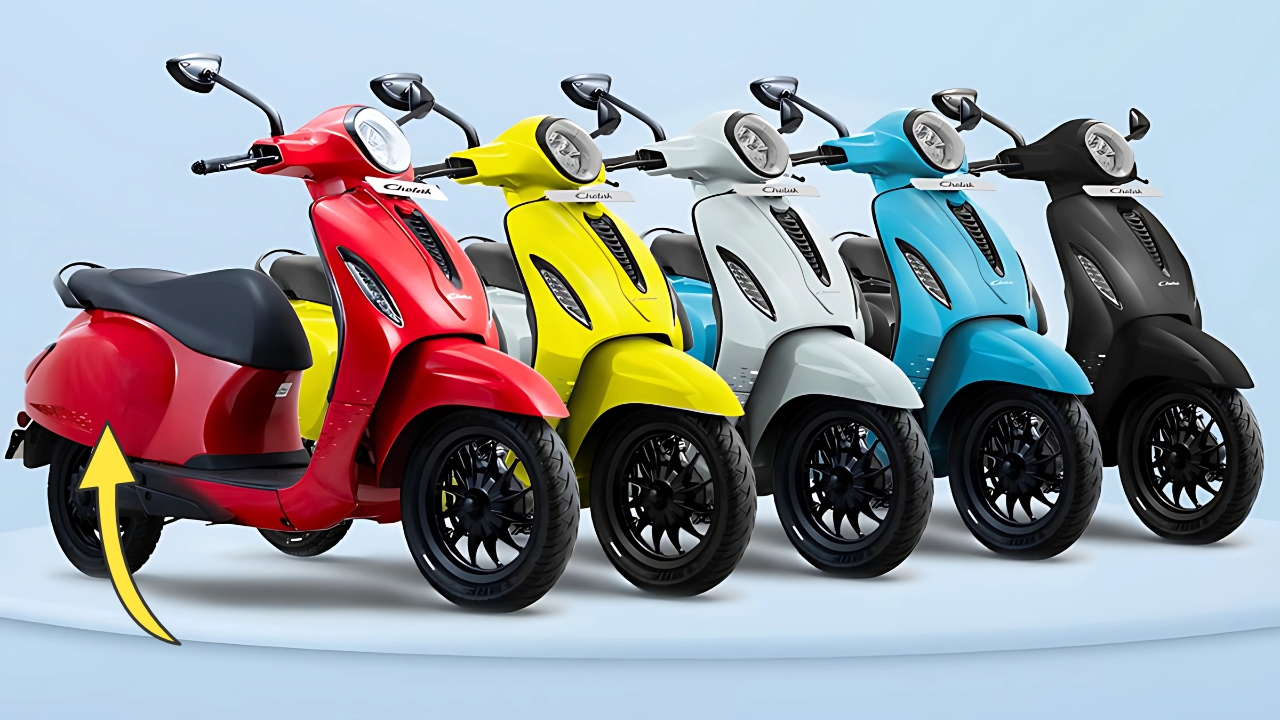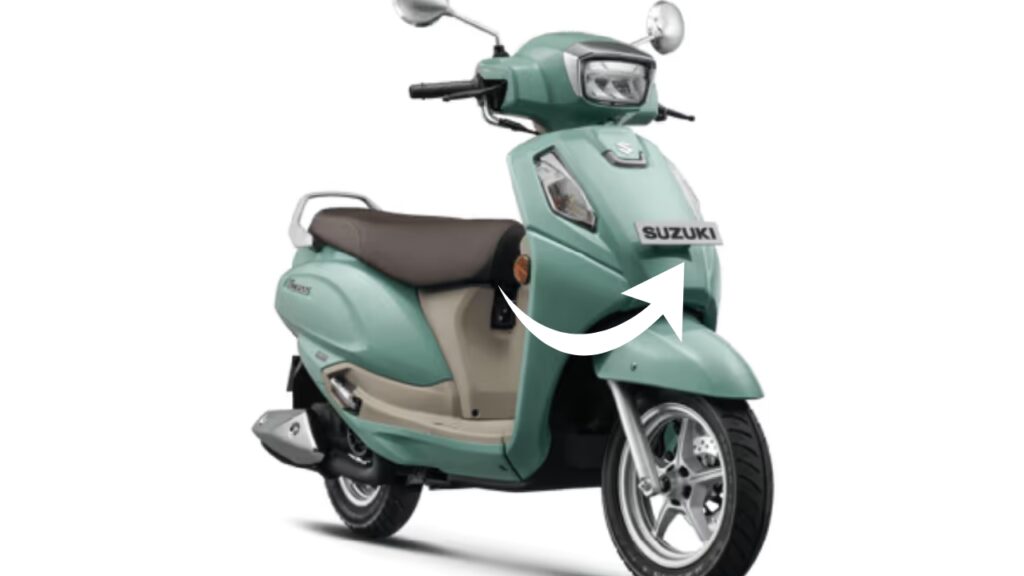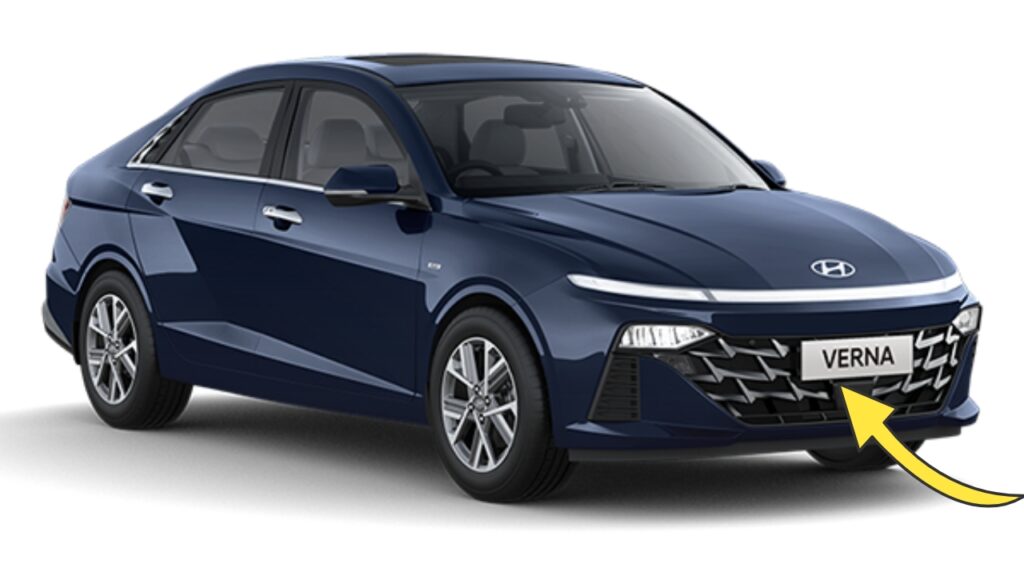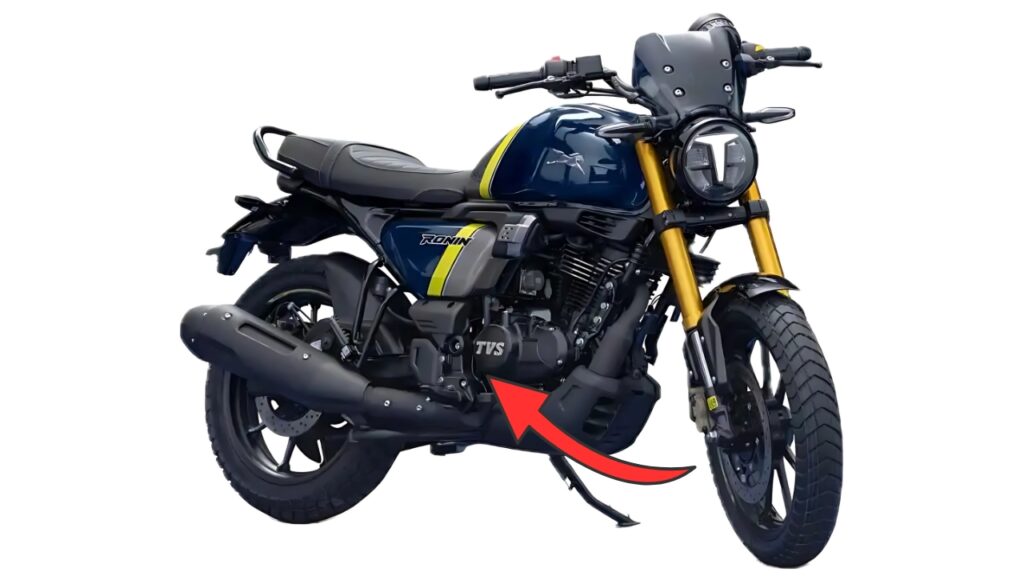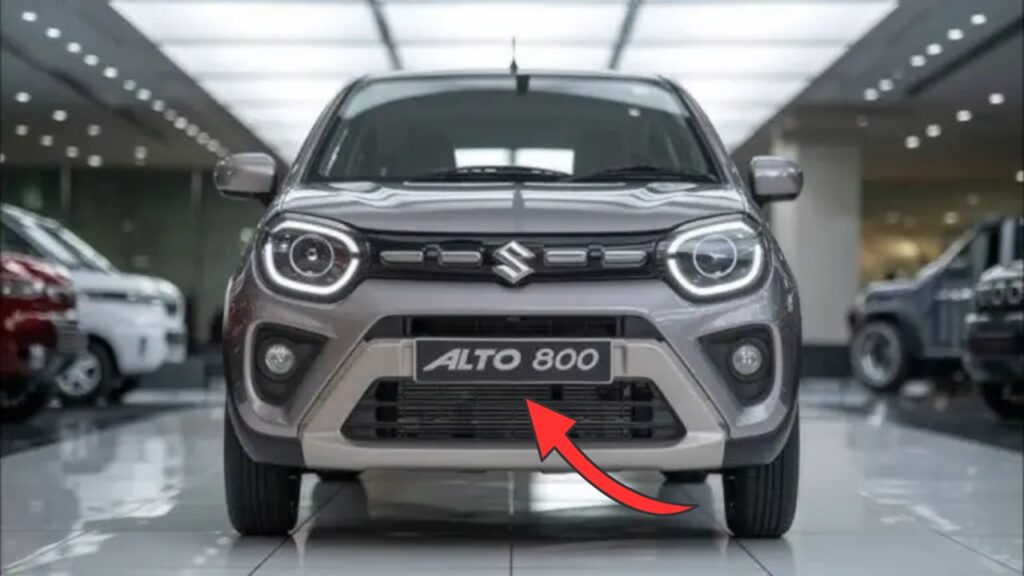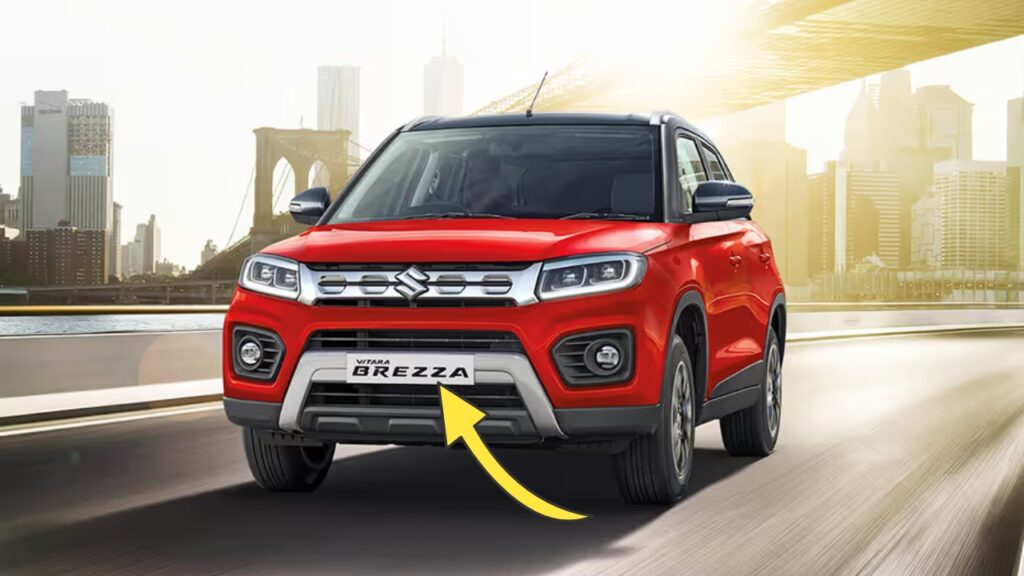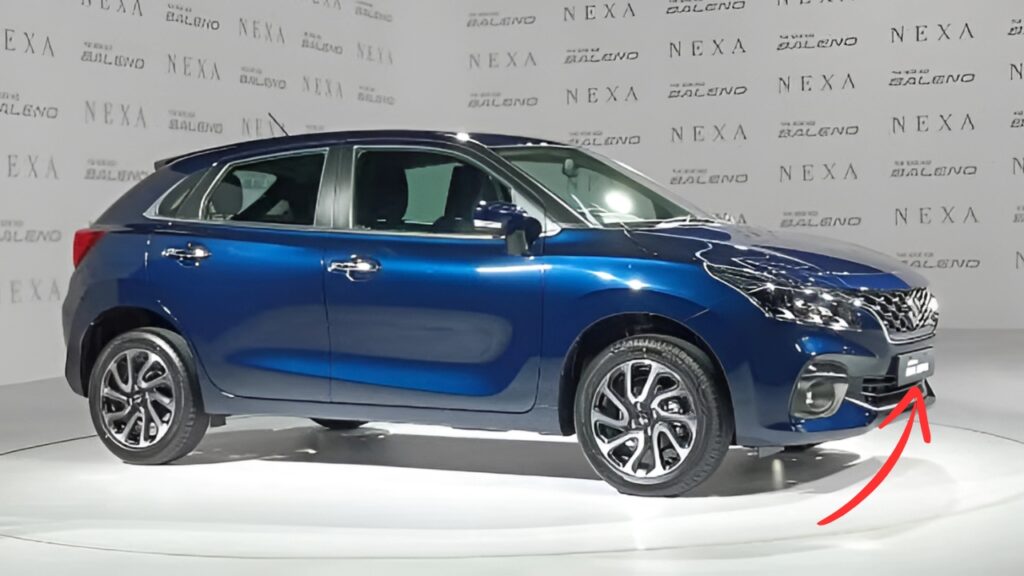Vivo Y18i: The smartphone market continues to evolve across all price segments, but perhaps nowhere is competition more fierce than in the entry-level category.
Here, manufacturers must balance tight cost constraints against increasingly demanding consumer expectations, making thoughtful feature prioritization essential.
The Vivo Y18i represents the company’s latest effort to navigate these challenges, targeting first-time smartphone buyers and budget-conscious consumers seeking maximum value without excessive compromise.
This comprehensive analysis explores how the Vivo Y18i balances necessary trade-offs against genuine utility, examining its design approach, performance capabilities, camera functionality, battery life, and overall value proposition in today’s competitive budget smartphone landscape.
Vivo Y18i: Design Philosophy: Practical Aesthetics
First impressions matter regardless of price point, and the Vivo Y18i makes a positive one with its thoughtful design approach.
Available in two colorways—Gem Green and Cosmic Black—the device employs different finish techniques that belie its budget positioning.
The Gem Green variant features a subtle prismatic effect that shifts between teal and blue hues depending on lighting conditions, achieved through a micro-etching process that also helps mask fingerprints.
The Cosmic Black option offers a more subdued appearance with a light-absorbing matte texture that provides secure grip while maintaining a sophisticated aesthetic.
The frame and back panel utilize polycarbonate construction—an expected choice at this price point—but Vivo has paid attention to build quality with tight seams and minimal flex under pressure.
The slightly curved back panel improves ergonomics, making the device comfortable to hold for extended periods.
At 8.39mm thick and weighing 180g, the Y18i achieves reasonably compact dimensions while accommodating its substantial battery.
The front display features reasonably slim bezels for an entry-level device, with a slightly more pronounced chin that doesn’t detract from the overall appearance.
The waterdrop notch housing the front camera represents a mature design approach that maximizes usable screen area while keeping manufacturing costs manageable.
A side-mounted fingerprint sensor integrated into the power button provides convenient and reliable authentication—a thoughtful inclusion at this price point where many competitors rely solely on less secure face unlock or pattern methods.
The bottom edge houses a USB-C port flanked by a 3.5mm headphone jack and speaker grille, while the top edge contains a secondary microphone for noise cancellation.
The left side features a SIM tray that accommodates either two nano-SIMs or a nano-SIM plus microSD card for storage expansion.
These practical considerations demonstrate Vivo’s understanding of target user needs in this segment.
Display Experience: Functional Visibility
The Vivo Y18i features a 6.56-inch LCD display with HD+ resolution (1612 x 720 pixels, approximately 269 ppi).
While not matching the sharpness of higher-resolution panels found in more expensive devices, the display provides adequate clarity for everyday tasks including social media browsing, messaging, and video consumption.
Text appears reasonably sharp at normal viewing distances, though close inspection reveals some pixelation in smaller fonts.
Color reproduction leans toward vibrant rather than strictly accurate, creating a visually appealing experience for media consumption despite technical limitations.
The panel achieves decent brightness levels reaching approximately 480 nits at maximum setting, ensuring reasonable visibility in indoor environments though struggling somewhat under direct sunlight.
Viewing angles demonstrate typical LCD characteristics with some brightness and color shifting at extreme angles, but remain perfectly acceptable for normal use.
The 90Hz refresh rate represents a standout feature at this price point, providing noticeably smoother scrolling and animations compared to the 60Hz displays still common in many budget devices.
This higher refresh rate improves the perception of system fluidity and responsiveness, enhancing the overall user experience despite modest processing hardware.
Vivo has implemented adaptive refresh rate technology that can reduce to 60Hz for static content, preserving battery life when the higher rate offers no visible benefit.
Software features include Eye Protection Mode that filters blue light for more comfortable evening viewing, Dark Mode that reduces eye strain in low-light environments, and adjustable color temperature settings that allow customization according to personal preference.
These thoughtful additions enhance usability without requiring significant hardware expenditure.
Performance Profile: Everyday Reliability
Powering the Vivo Y18i is the MediaTek Helio G85 processor, an octa-core chipset manufactured on a 12nm process.
This SoC combines two Cortex-A75 performance cores running at 2.0GHz with six Cortex-A55 efficiency cores operating at 1.8GHz.
The Mali-G52 MC2 GPU handles graphics duties with reasonable capabilities for casual gaming and media processing.
Memory configurations include 4GB of LPDDR4X RAM paired with 64GB or 128GB of internal storage, expandable via microSD up to 1TB.
Vivo has implemented Extended RAM technology that can allocate up to 4GB of storage as virtual memory, potentially improving multitasking performance in memory-intensive scenarios, though with speed limitations compared to physical RAM.
In practical usage, the Y18i delivers acceptable performance for its intended market positioning. Everyday tasks including messaging, social media browsing, and web navigation proceed smoothly, with the 90Hz display contributing significantly to the perception of responsiveness.
App loading times remain reasonable for the price segment, though noticeably longer than mid-range or flagship devices—a perfectly acceptable compromise given the substantial price difference.
Benchmark results position the device appropriately within its segment, with Geekbench 6 single-core scores around 370 points and multi-core results approaching 1,300 points.
AnTuTu benchmark scores hover around 250,000 points—figures that reflect the device’s focus on functional everyday performance rather than computational prowess.
Gaming capabilities prove adequate for casual titles popular in this segment. Games like Mobile Legends, Free Fire, and casual puzzlers run smoothly at medium settings, while more demanding titles require reduced graphics settings to maintain playable frame rates.
The Gaming Mode optimizes system resources for better gaming performance while managing notifications to prevent interruptions during gameplay.
Technical Specifications Table
| Feature | Specification |
|---|---|
| Display | 6.56″ LCD, 1612 x 720 pixels, 90Hz refresh rate |
| Processor | MediaTek Helio G85 (12nm) |
| CPU Configuration | 2x Cortex-A75 @ 2.0GHz + 6x Cortex-A55 @ 1.8GHz |
| GPU | Mali-G52 MC2 |
| RAM | 4GB LPDDR4X + up to 4GB extended RAM |
| Storage | 64GB/128GB expandable via microSD (up to 1TB) |
| Rear Camera System | 50MP main camera (f/1.8) <br> 2MP depth sensor (f/2.4) |
| Front Camera | 8MP (f/2.0) |
| Battery | 5,000mAh |
| Charging | 15W wired charging |
| Operating System | Funtouch OS 14 based on Android 14 Go Edition |
| Updates | 2 years of security patches promised |
| Biometrics | Side-mounted fingerprint sensor, face unlock |
| Dimensions | 164.05 x 75.60 x 8.39mm |
| Weight | 180g |
| Build | Polycarbonate frame and back panel |
| Connectivity | 4G LTE, Wi-Fi 5, Bluetooth 5.0, USB-C, 3.5mm headphone jack |
| Audio | Single bottom-firing speaker, 3.5mm headphone jack |
| Colors | Gem Green, Cosmic Black |
| Additional Features | Multi-Turbo 5.0, Ultra Game Mode, FM radio |
Camera Capabilities: Practical Photography
The camera system on the Vivo Y18i represents a pragmatic approach to budget photography needs, focusing on capable primary imaging rather than multiple lenses of questionable utility.
The main 50MP sensor with f/1.8 aperture is accompanied by a 2MP depth sensor that assists with portrait mode effects.
This honest approach prioritizes actual photographic utility over marketing-driven specifications.
In favorable lighting conditions, the main camera produces surprisingly detailed images with good dynamic range for its price category.
Colors tend toward slightly increased saturation that creates visually appealing results for social media sharing, though purists might prefer more natural rendition.
The pixel-binning technology combines four pixels into one, producing 12.5MP images with improved light sensitivity and reduced noise compared to native 50MP capture.
Portrait mode effectively separates subjects from backgrounds, creating pleasant bokeh effects with generally accurate edge detection for simple subjects, though struggling somewhat with complex boundaries like hair or transparent objects.
The depth sensor contributes to more accurate subject isolation compared to purely software-based solutions found in some competitors.
Low-light performance shows the expected limitations of an entry-level device, with increased noise and reduced detail as illumination decreases.
The Night Mode improves brightness and color retention in challenging lighting, though requiring a steady hand during the multi-frame capture process. Results won’t match devices costing several times more but remain perfectly adequate for casual social sharing.
The 8MP front-facing camera delivers satisfactory selfies in good lighting, with natural skin tones and reasonable detail preservation.
Beauty mode offers subtle enhancements without the excessive processing found in some competing devices.
Video recording capabilities extend to 1080p at 30fps from both front and rear cameras, with acceptable stabilization for casual capture though lacking the sophisticated electronic stabilization of premium devices.
Software Experience: Streamlined Efficiency
The Vivo Y18i runs Funtouch OS 14 based on Android 14 Go Edition—a significant advantage for a budget device.
The Go Edition of Android is specifically optimized for devices with modest hardware specifications, featuring streamlined core applications and system processes that consume less memory and storage while maintaining essential functionality.
This optimization translates to improved performance compared to running standard Android on similar hardware, with faster app launching, smoother multitasking, and more efficient background processing.
Pre-installed Google Go applications (Gmail Go, Maps Go, etc.) maintain core functionality while requiring significantly less storage space and memory during operation.
Vivo has customized the interface with Funtouch OS elements that maintain visual consistency with their broader ecosystem while respecting the performance limitations of entry-level hardware.
The design language employs clean layouts with sufficient white space and readable typography, avoiding the visual clutter that could overwhelm limited processing resources.
Notable software features include:
-
Ultra Game Mode: Optimizes system resources for gaming performance while managing notifications and background processes to prevent interruptions.
-
Multi-Turbo 5.0: AI-powered system optimization that intelligently allocates resources based on usage patterns and application requirements.
-
Dynamic Effects: Customizable animation effects for system events like charging and fingerprint recognition, with options to reduce or disable animations to improve perceived performance.
-
iManager: Built-in utility for storage cleaning, privacy protection, and power management functions without requiring third-party applications.
-
Easy Share: Simplified file transfer functionality for sharing media and documents with nearby devices.
Vivo has promised two years of security updates for the Y18i, providing reasonable longevity for a device in this price segment.
While major Android version updates aren’t explicitly guaranteed, the Android 14 Go Edition base provides a current starting point with relevant features and security provisions.
Battery Life and Efficiency: Endurance Champion
One area where budget devices often excel is battery life, and the Vivo Y18i continues this tradition with its generous 5,000mAh capacity.
This substantial battery, combined with the power-efficient processor and modest display resolution, delivers exceptional endurance in real-world usage.
Typical usage patterns involving messaging, social media browsing, occasional photography, and media consumption consistently provide two full days between charges for most users.
Even with more intensive usage including gaming sessions and extended video playback, completing a full day with significant remaining capacity is routine.
The 15W charging speed, while not matching the rapid charging capabilities of more expensive devices, provides reasonable replenishment times considering the large battery capacity.
A full charge from empty takes approximately 2 hours and 20 minutes, while a 30-minute charge delivers sufficient power for several hours of typical use.
Battery health features include optimized night charging that slows the final charging phase to reduce battery stress, background app management that restricts excessive power consumption, and multiple power-saving modes that can dramatically extend runtime when needed by selectively limiting functionality.
Audio and Connectivity: Practical Essentials
The Vivo Y18i features a single bottom-firing speaker that delivers adequate volume and clarity for personal media consumption and speakerphone calls, though lacking the depth and stereo separation found in more premium devices.
The inclusion of a 3.5mm headphone jack provides compatible analog audio output without requiring dongles or Bluetooth connections—a practical consideration for budget-conscious users who may already own wired headphones.
Call quality proves reliable with good microphone performance that effectively isolates voice from background noise.
The earpiece delivers clear audio at comfortable volume levels, ensuring intelligible conversations even in moderately noisy environments.
Connectivity options cover essential needs without extravagance. 4G LTE support with dual SIM capability provides flexible cellular connectivity, while Wi-Fi 5 (802.11ac) ensures compatible performance with modern wireless networks.
Bluetooth 5.0 offers efficient wireless peripheral connections with reasonable range and stability.
The FM radio functionality, increasingly rare in modern smartphones, provides entertainment options without requiring data connectivity—a thoughtful inclusion for markets where streaming services may be cost-prohibitive.
Value Proposition and Target Audience
The Vivo Y18i occupies a carefully considered position in the budget smartphone segment, targeting users with modest requirements and limited budgets without imposing frustrating limitations that could undermine the core smartphone experience. The device particularly appeals to:
-
First-time smartphone buyers transitioning from feature phones, who will appreciate the straightforward interface, reliable performance for essential tasks, and exceptional battery life.
-
Budget-conscious consumers seeking maximum value from limited spending, particularly those prioritizing practical utility over bleeding-edge specifications or premium materials.
-
Secondary device users requiring a reliable backup smartphone or dedicated device for specific purposes like work communications or travel.
-
Elderly or less tech-savvy users who benefit from the streamlined interface, large readable display, and simplified functionality without overwhelming complexity.
The Y18i’s competitive advantages in this segment include the smooth 90Hz display, substantial battery capacity, current Android 14 Go Edition software, and capable primary camera—features that directly enhance everyday usability rather than merely improving specification sheet appeal.
Vivo Y18i: Pragmatic Value in an Entry-Level Package
The Vivo Y18i represents a thoughtful approach to budget smartphone design, focusing on features that meaningfully improve user experience while accepting necessary compromises to meet aggressive price targets.
Rather than attempting to match premium devices in specifications, Vivo has prioritized practical functionality, reliability, and user satisfaction within strict cost constraints.
The resulting product delivers a balanced experience that exceeds expectations in key areas like display fluidity, battery endurance, and software currency, while making sensible trade-offs in processing power, camera versatility, and charging speed.
For its intended audience, these priorities align perfectly with actual usage patterns and requirements.
In an increasingly stratified smartphone market where premium devices command ever-higher prices, the Y18i demonstrates that meaningful innovation and thoughtful design can exist at entry-level price points.
By focusing on genuine user needs rather than marketing-driven specifications, Vivo has created a device that delivers authentic value and utility without pretension—perhaps the most honest expression of what a modern budget smartphone should aspire to be.
